Meander, Spiral, Explode
Writing from our own lived experience is a messy business. How do we find the shape of our story?
In my work helping writers draft and finish their memoir or literary non-fiction books, we often spend a lot of time thinking about structure. What will give this book coherence and keep the reader engaged and turning the pages? What’s the story here? How can we plot the narrative arc, the universal story shape so memorably outlined here by Kurt Vonnegut?
Writing from our own lived experience is a messy business. Finding the dramatic arc that holds our memoir or narrative non-fiction together can seem like a hunt for an elusive rainbow (hopefully with a pot of gold at the end, in the form of a publisher’s advance!)
When we are trying to capture the speeding blur of life as-it-happens, or noticing how the present moment is not discrete but suffused with the past and haunted by the future, we see that real life does not describe a neat dramatic arc. Our lives are layered, rhythmic, repetitive and complex, overlapping and knitted into other lives, places, events and situations, in an intricate web that has no clear edges and a centre that is shifting and evasive at best.
And yet, somehow, we need to find some way to give form to this formlessness, in order to bring it to the page and finish the manuscript. And for this task, frankly, we need all the help we can get. It’s no wonder then, when an arc comes along promising to rescue us from drowning in our own formless sea of words, we scramble eagerly aboard.
But somehow I’ve never been quite convinced of this received wisdom, that every book needs an arc that can be plotted along an axis like one of Vonnegut’s graphs. It doesn’t always feel right in my own writing, and it doesn’t suit all of my coaching clients.
Indeed, when I look more closely, many of the books I have truly loved and continue to cherish, don’t follow that linear trajectory.
When I first read Rebecca Solnit’s ‘A Field Guide to Getting Lost’ it landed in me with the power of revelation. I was dumbstruck to discover that it was possible to write a book in just the way the mind worked, or certainly how my mind seemed to work: associative, elliptical, curious, understanding the world through a mix of personal experience and deep research, affect and intellect, lyricism and incisiveness, story and argument, poetry and analysis.
I was propelled through the pages of Solnit’s book as if borne along by the flow of a great, meandering river. New and fascinating vistas kept appearing around every unexpected bend. There were slow eddies to savour and re-read, such as her now much-quoted extended meditation on the colour blue, followed by quick-flowing bursts of story, like the story of her friend Marine’s early death. I was, and remain, entranced.
I was excited too. Because it was only when I read Solnit’s book it suddenly seemed possible that I might also, one day, be able to set my own thinking process on the page, that I too might write a book. It took me a good while to get there, but I owe Solnit’s writing a debt of gratitude for first making it seem like a possibility, all those years ago.
I realise also that many other writers I love are similarly nonlinear, like, for example, the not-quite-fiction of WG Sebald. For a long time, I kept this well-thumbed copy of “Rings of Saturn” on my studio desk. I would pick it up at the start of a work session, open it and read a few pages at random. As I did, I could feel something change in me, as if the texture, the atmosphere, of Sebald’s writing was retuning my brain to a slower beat, shifting me out of whatever trivia was preoccupying me, and opening up a space in my mind where I could think more expansively and creatively.
Virginia Woolf’s wandering, fractal-like sentences do this too, as do Marilynne Robinson’s extraordinarily lingering dilations of time. These writers are generous, respectful of our active contribution as intelligent readers. They afford us space to think for ourselves rather than chivvy us along as efficiently as possible.
But until recently I hadn’t really thought much about exactly how it is they’ve done it. That’s why I’m so glad to discover Jane Alison’s clear, erudite and often witty “Meander, Spiral, Explode: Design and Pattern in Narrative”
Alison writes:
“For centuries there’s been one path through fiction we’re most likely to travel – one we’re actually told to follow - and that’s the dramatic arc: a situation arises, grows tense, reaches a peak, subsides…But something that swells and tautens until climax, then collapses? Bit masculo-sexual, no? So many other patterns run through nature, tracing other deep motions in life. Why not draw on them too?”
At this point, the visual artist in me punches the air and shouts YES!
Texture, colour, dynamic shape, looping lines, repeated motifs, tessellations, collaged fragments, fractal branchings are all ways that a piece of writing can be structured. These are patterns that we find everywhere in nature, structures that are deeply satisfying and fascinating to our minds, whether we encounter them in nature, visual art, music, poetry or prose.
What a relief! Writing doesn’t have to be plotted like a graph, or even a grid.
Through a detailed discussion of a series of wide-ranging literary examples Alison shows us how narratives can travel in waves, meanders, spirals, networks, fractals, patterns of dark and light, rhythmic repetitions and mirrorings. This is writing that feels kin to what I know of drawing or painting, to the deliberate modulation of a visual field:
“A pattern is a field, not a shape made by a single line, like a meander or a spiral. The relevance for texts? Some texts don’t give you a line to follow, however loopy and coiling…instead, you gaze upon many segments, or a web. Instead of following a line of story, your brain draws the lines, makes connections.
Any literary narrative of depth asks your brain to pull threads across the whole, so, in a sense, all complex narratives are networks: your experience moving through them is never purely linear, but volumetric or spatial as your thoughts bounce across passages…your synaptic linkings alone give each narrative its greatest sense of forward motion.”
In my own writing of The Clearing, the structure I discovered was a rhythmic one, a repeated pattern of opening and closing, from claustrophobia to spaciousness, and from light, through darkness, to an in-between ‘gloaming’.
So, if you’re having trouble with structuring a piece of writing, instead of plotting a timeline, why not try looking for patterns, for modulations of light and dark, fast and slow, or images or metaphors that recur? Perhaps the best way to visualise your book isn’t a line on a graph that runs along an X-Y axis, but rather a drawing of a river, a tree, or a mosaic of colours, or a collage of found images?
I’d love to know how you get on. And if you have any other resources on this do please point me to them!
Meanwhile, here’s a quick plug for my book!
The Clearing
“The Clearing” is a memoir about ‘spaces between’ and what may be learned in them. As I clear the family home after the death of both my parents, the memories held there prompt reflections on my family’s flawed strategies for coping with my mother’s mental illness, the isolation of my father in caring for her, and how these relationships shifted as my pa…



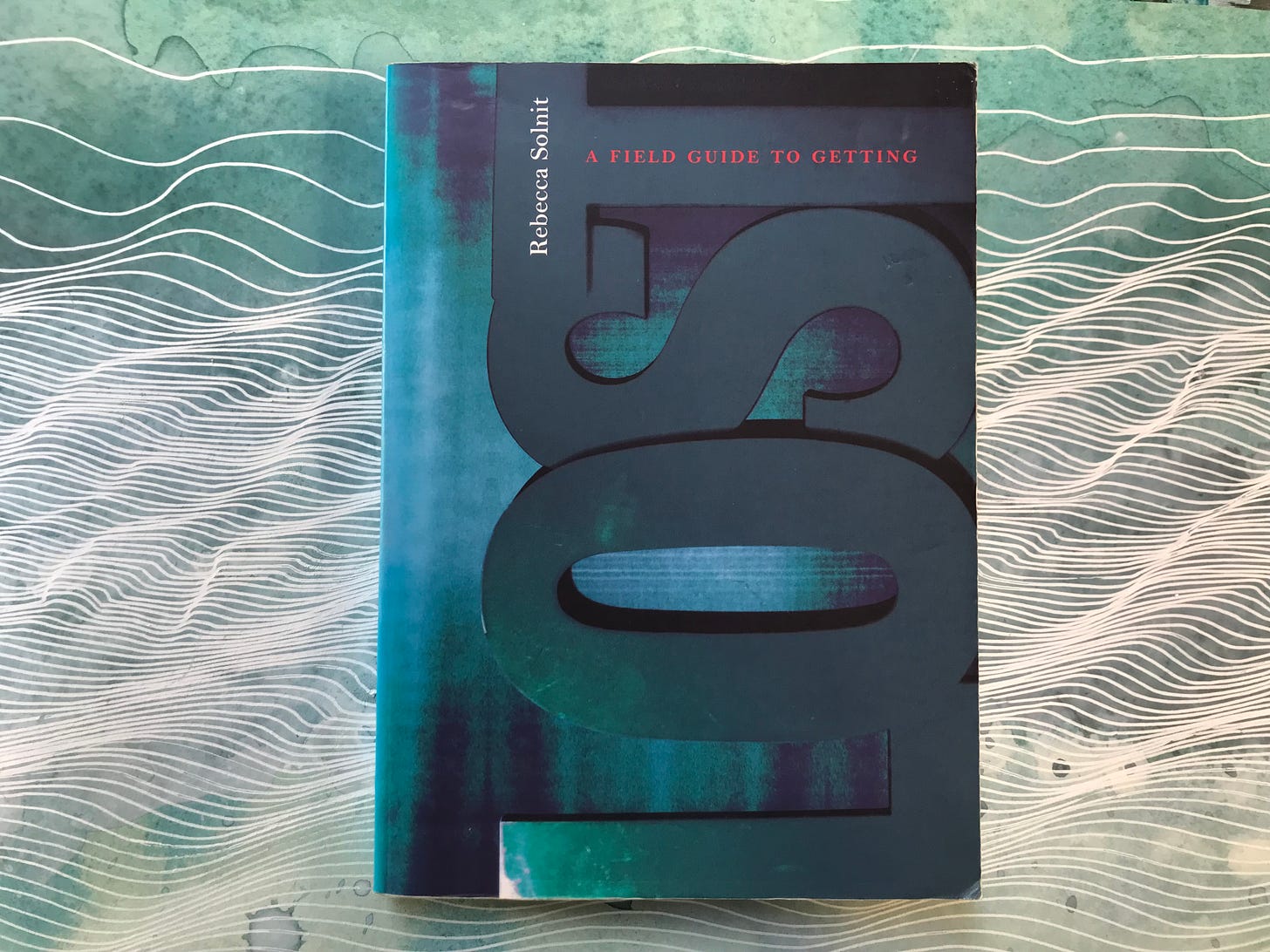
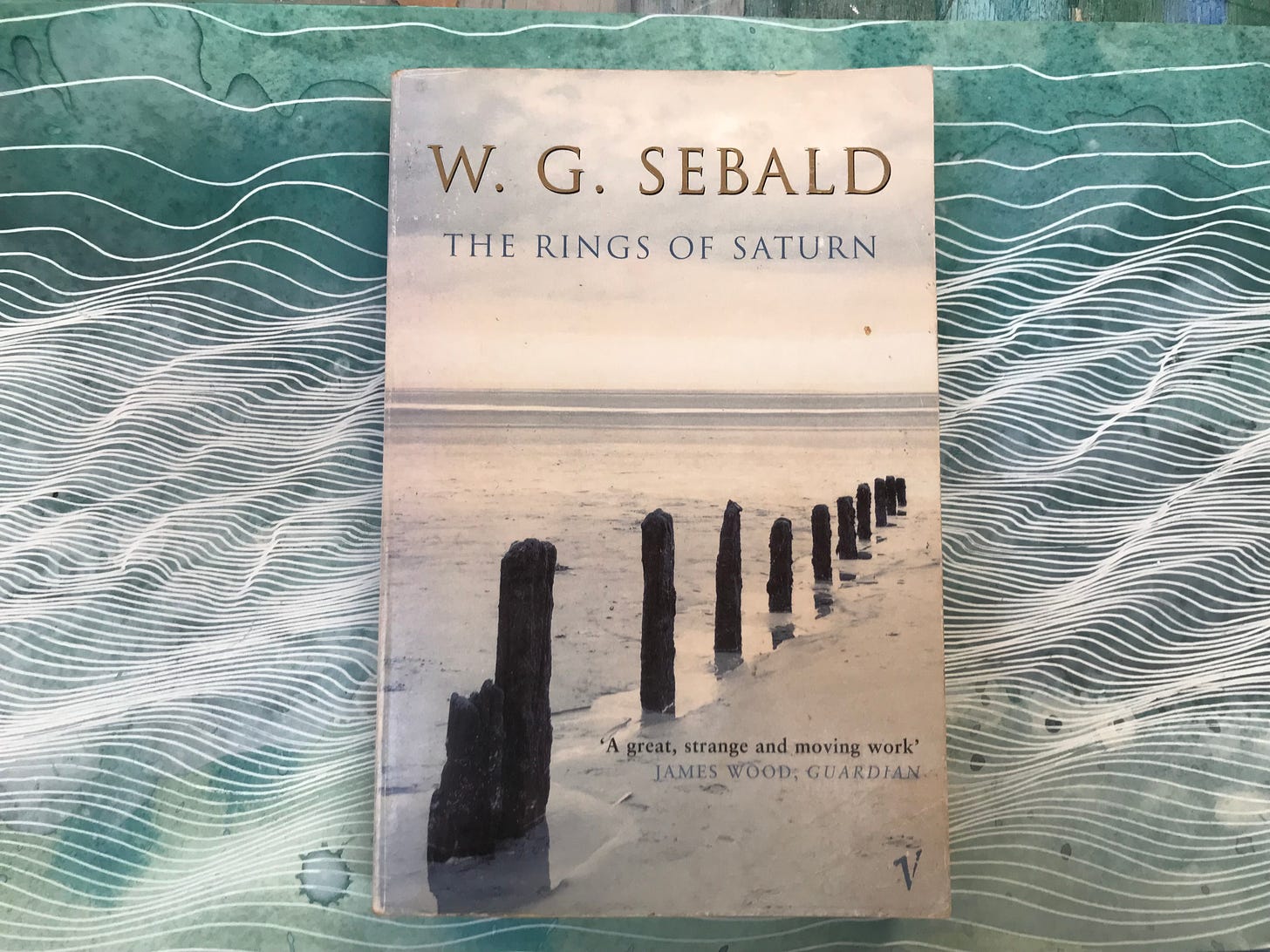
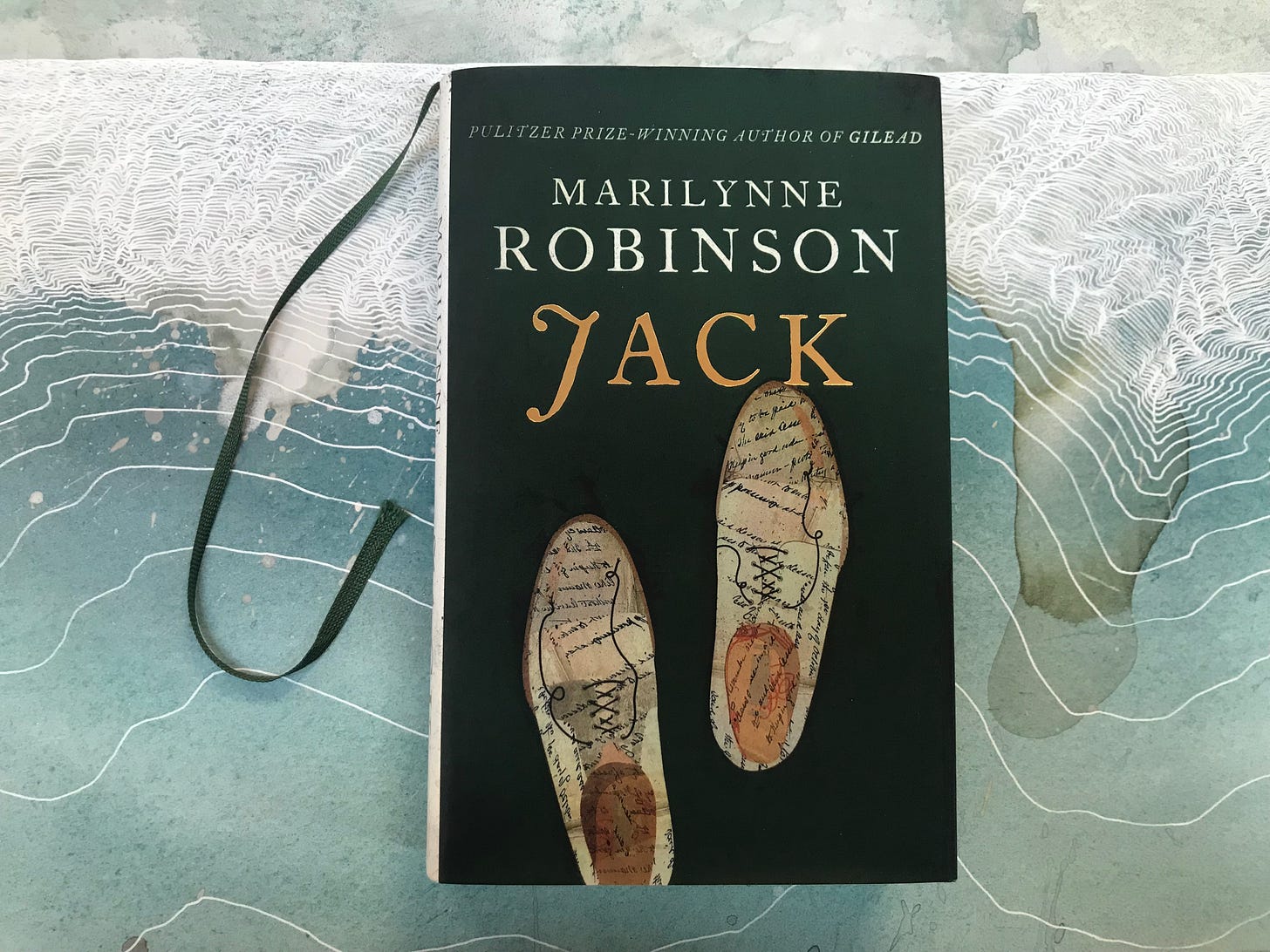
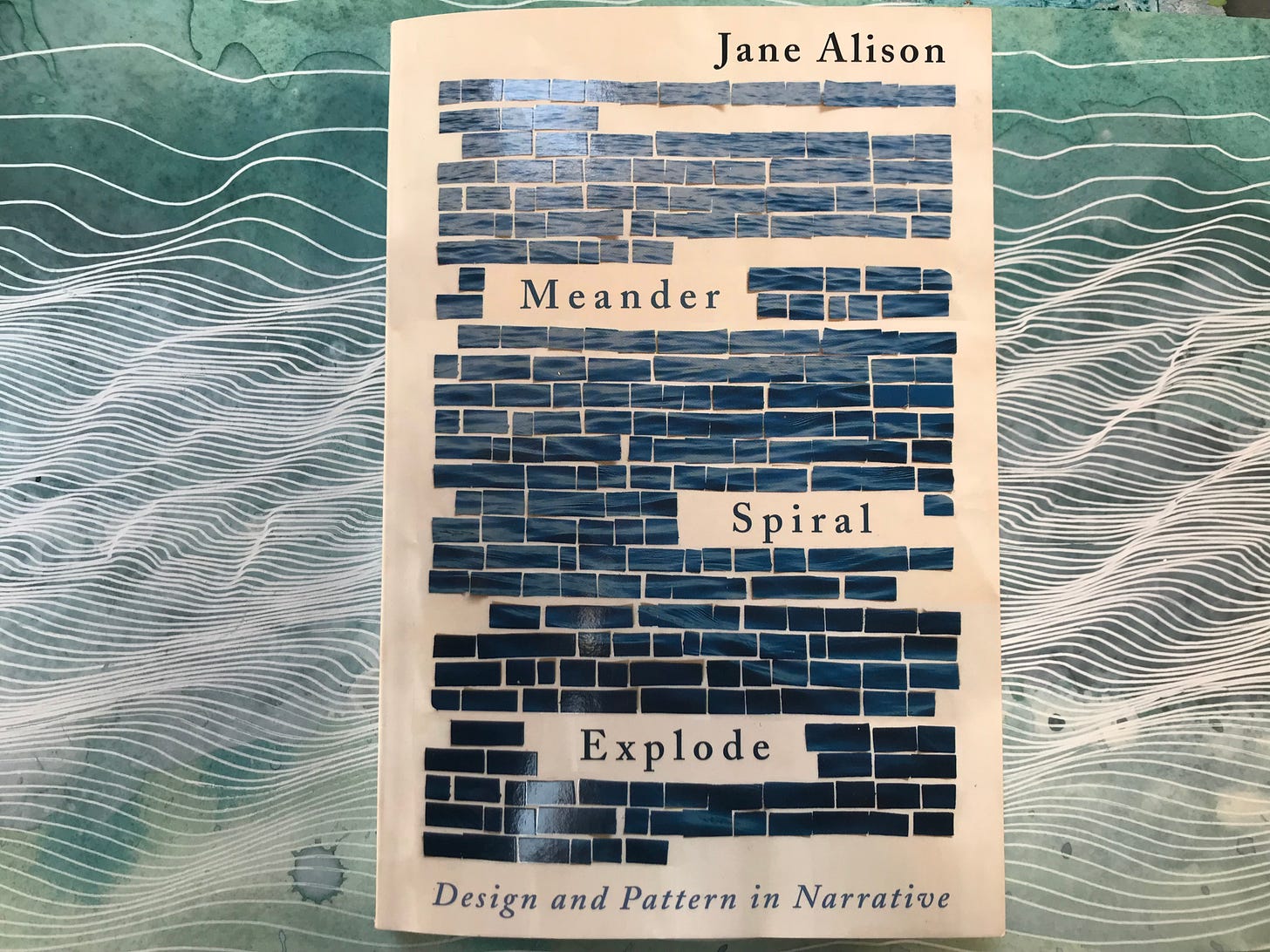
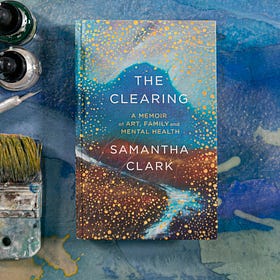
When I went into hospital for surgery for my cancer, I took Rebecca Solnit's book in with me. I thought if ever there was a time I'd like to 'get lost' it's now. I found it totally absorbing and the perfect antidote to hospital routine. I could read bits of it without feeling I had to turn the page. I could re-read passages without frustration. And the words were, and still are, breathtakingly simple and beautiful. I recommend it too. (BTW Surgery was successful :-)
Aha! A book recommendation from you that I already have! Interestingly, I chose it when I was in the thick of my research for a very large visual art piece, that ended up being titled "Chaos, Flow, Meanders".